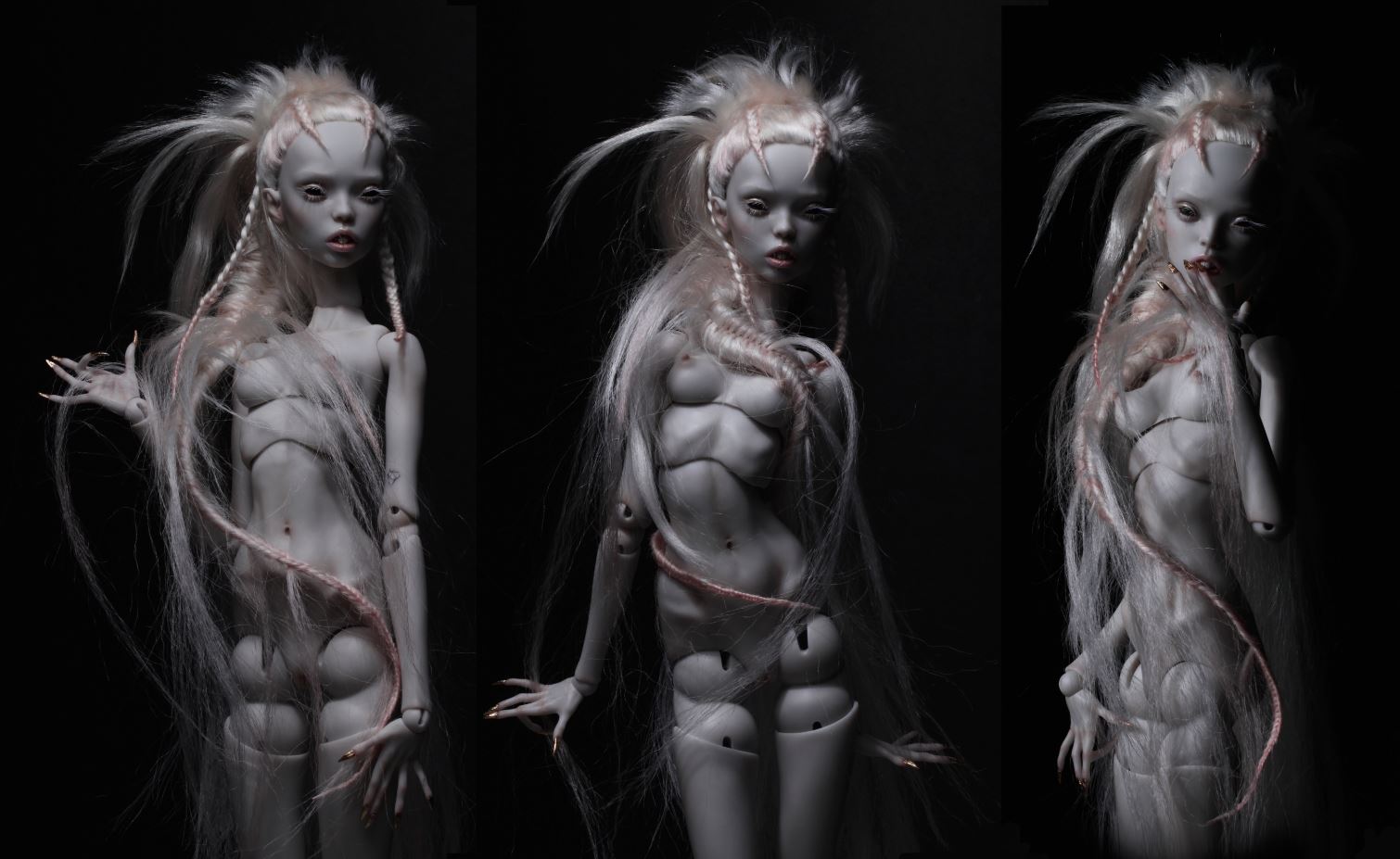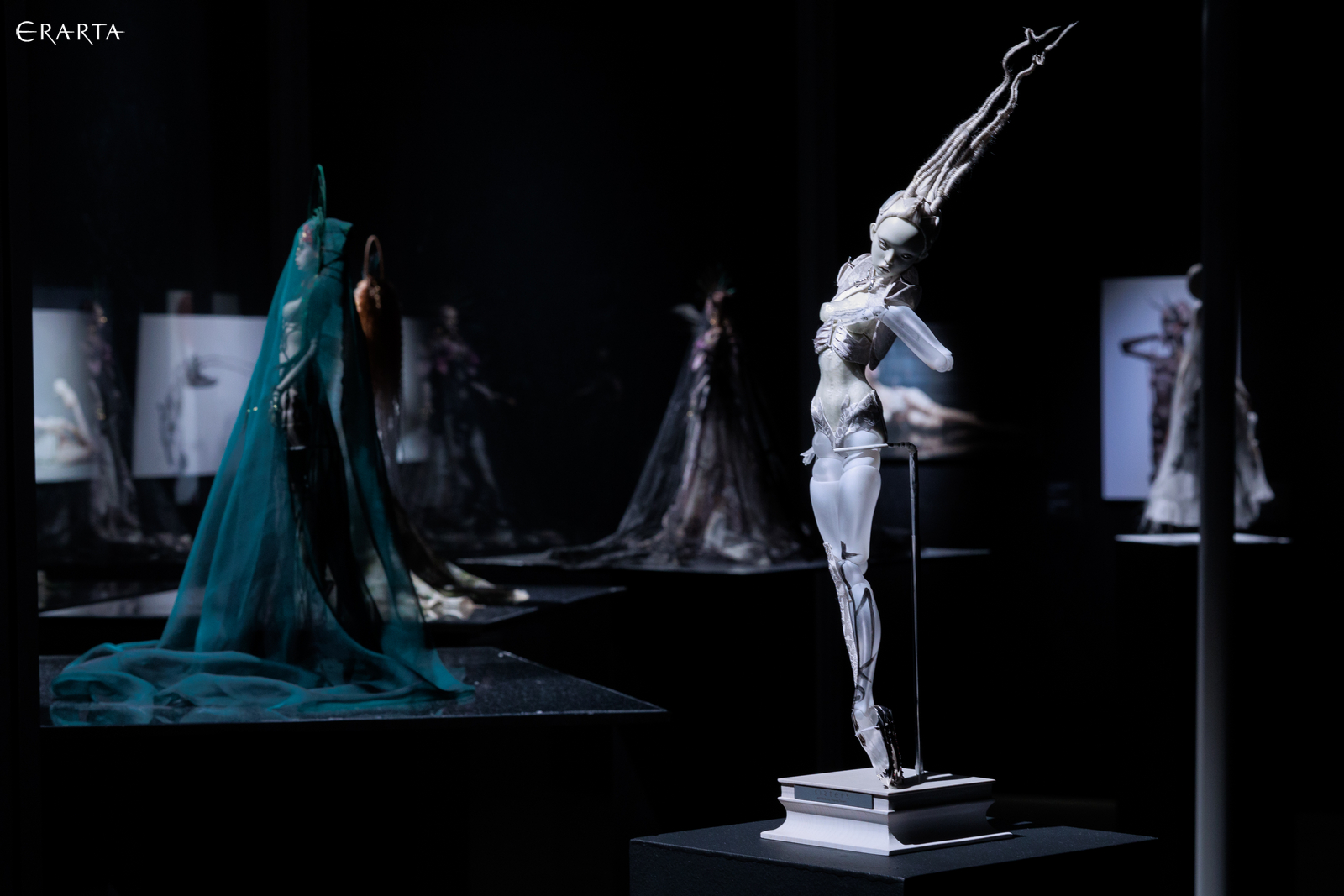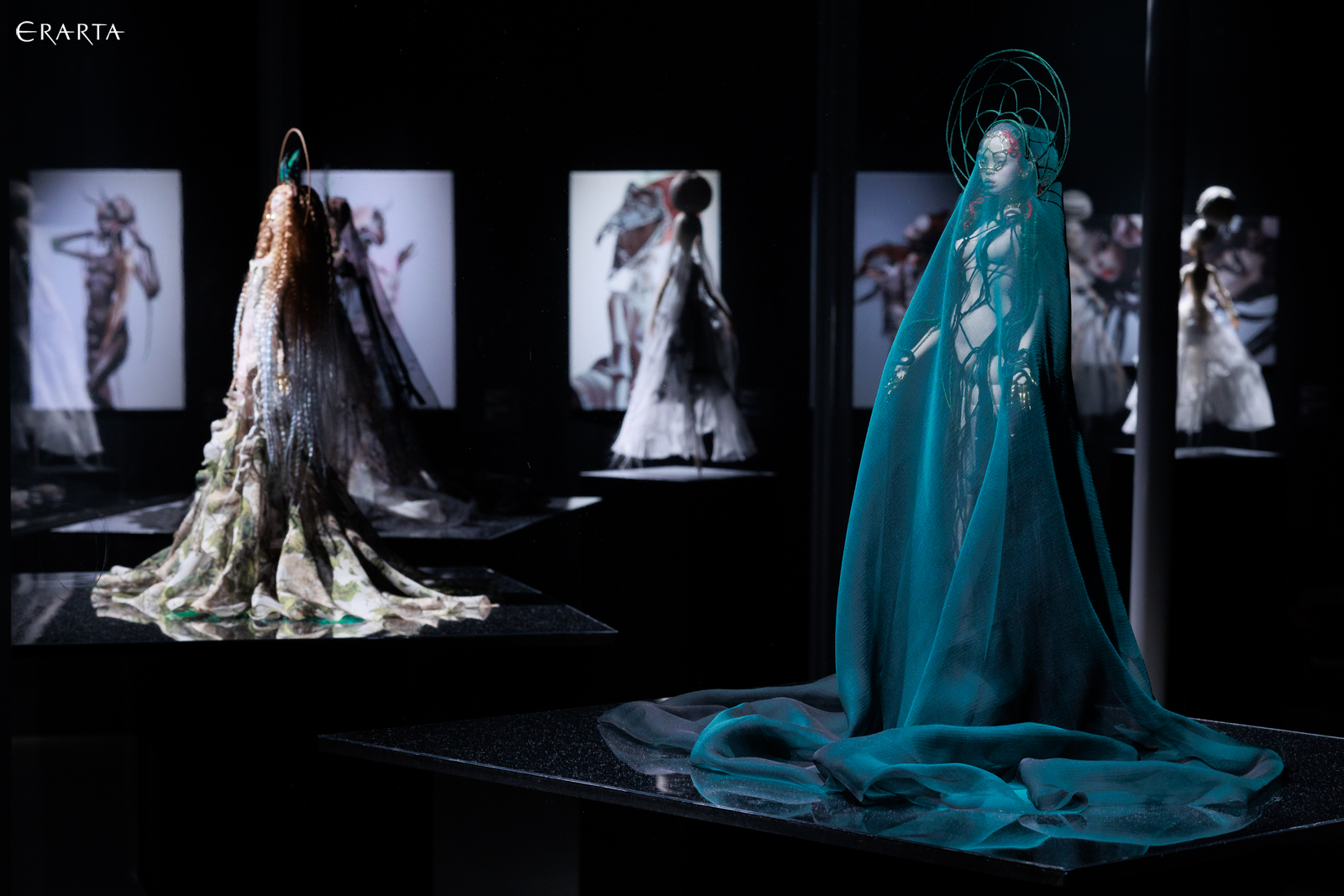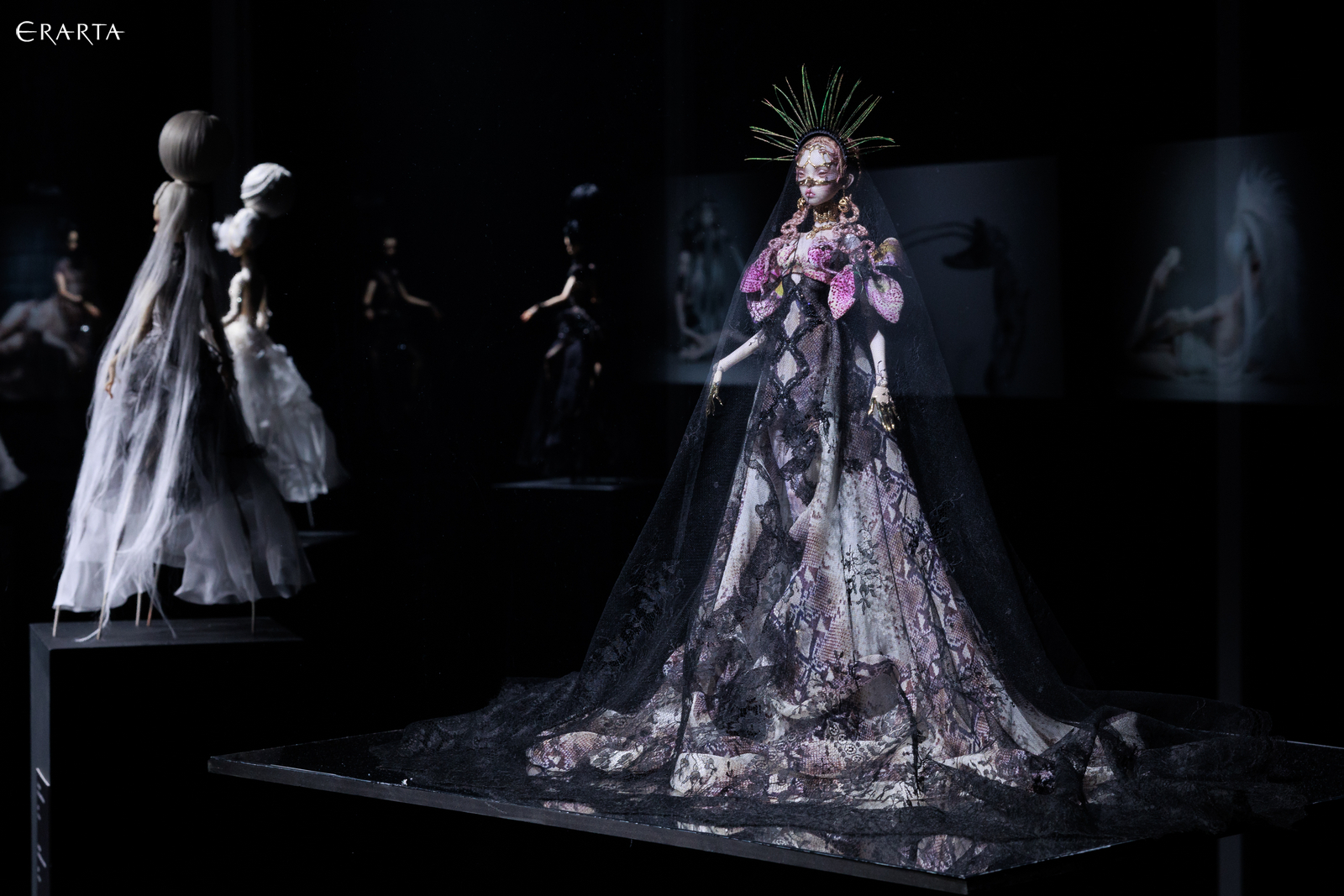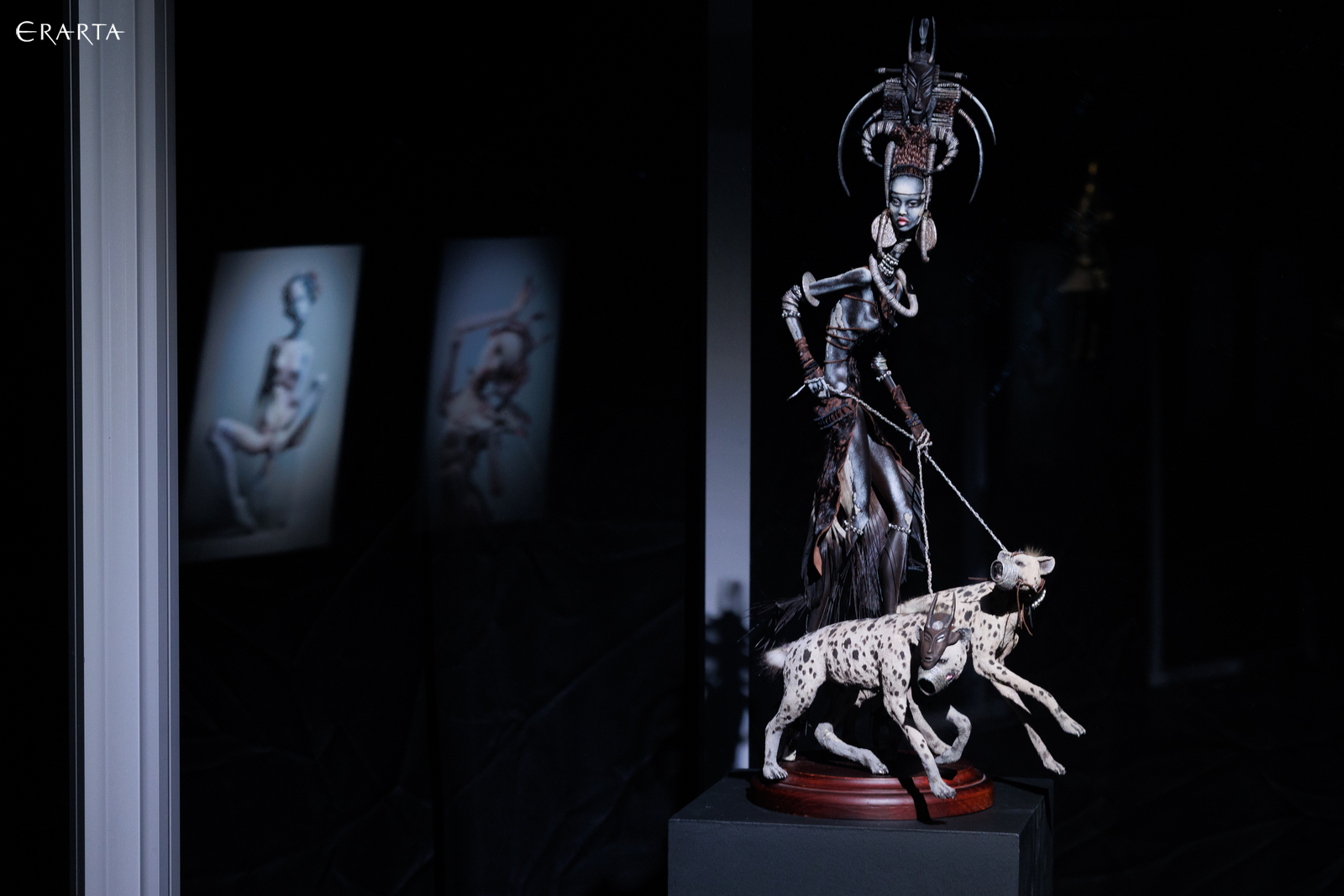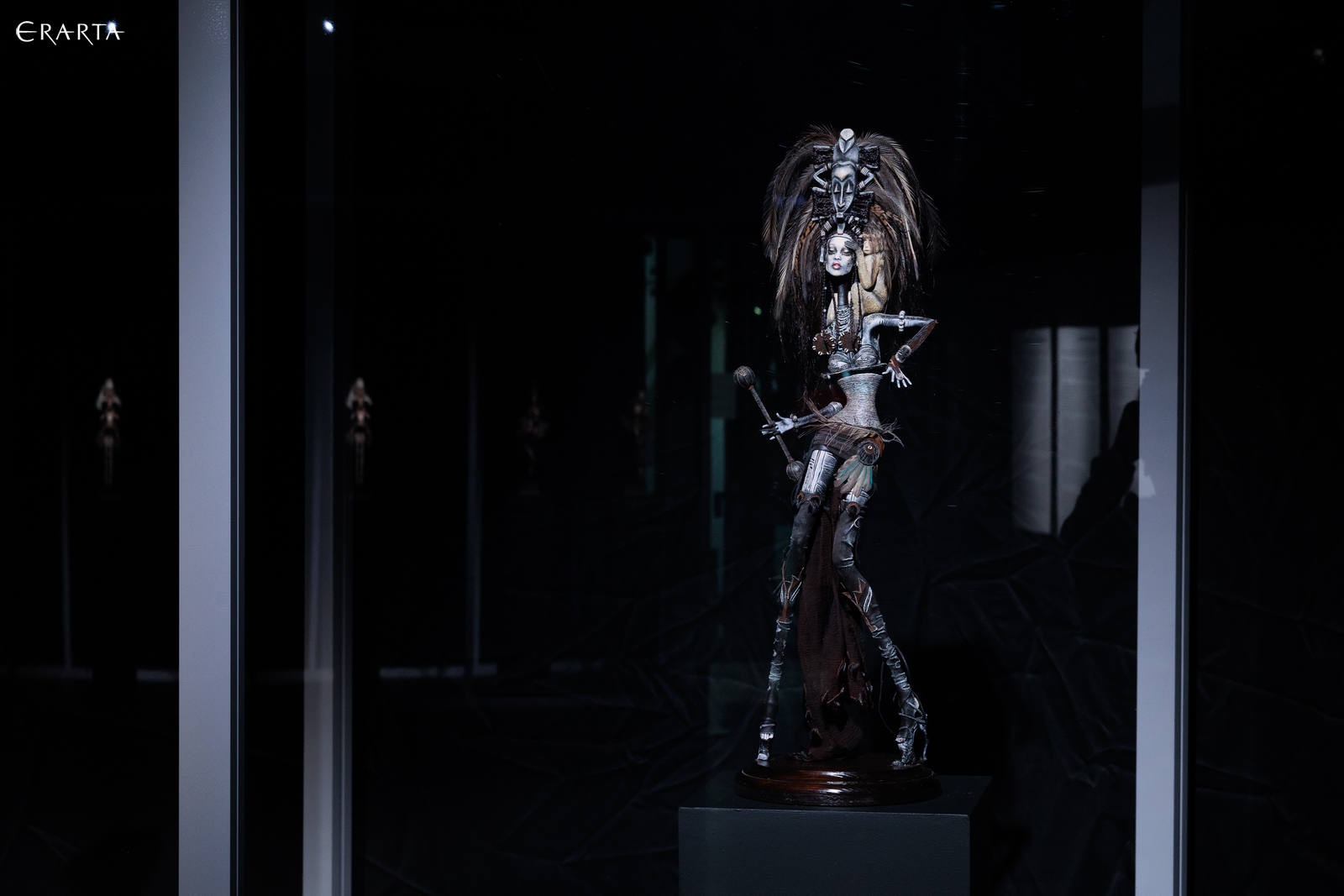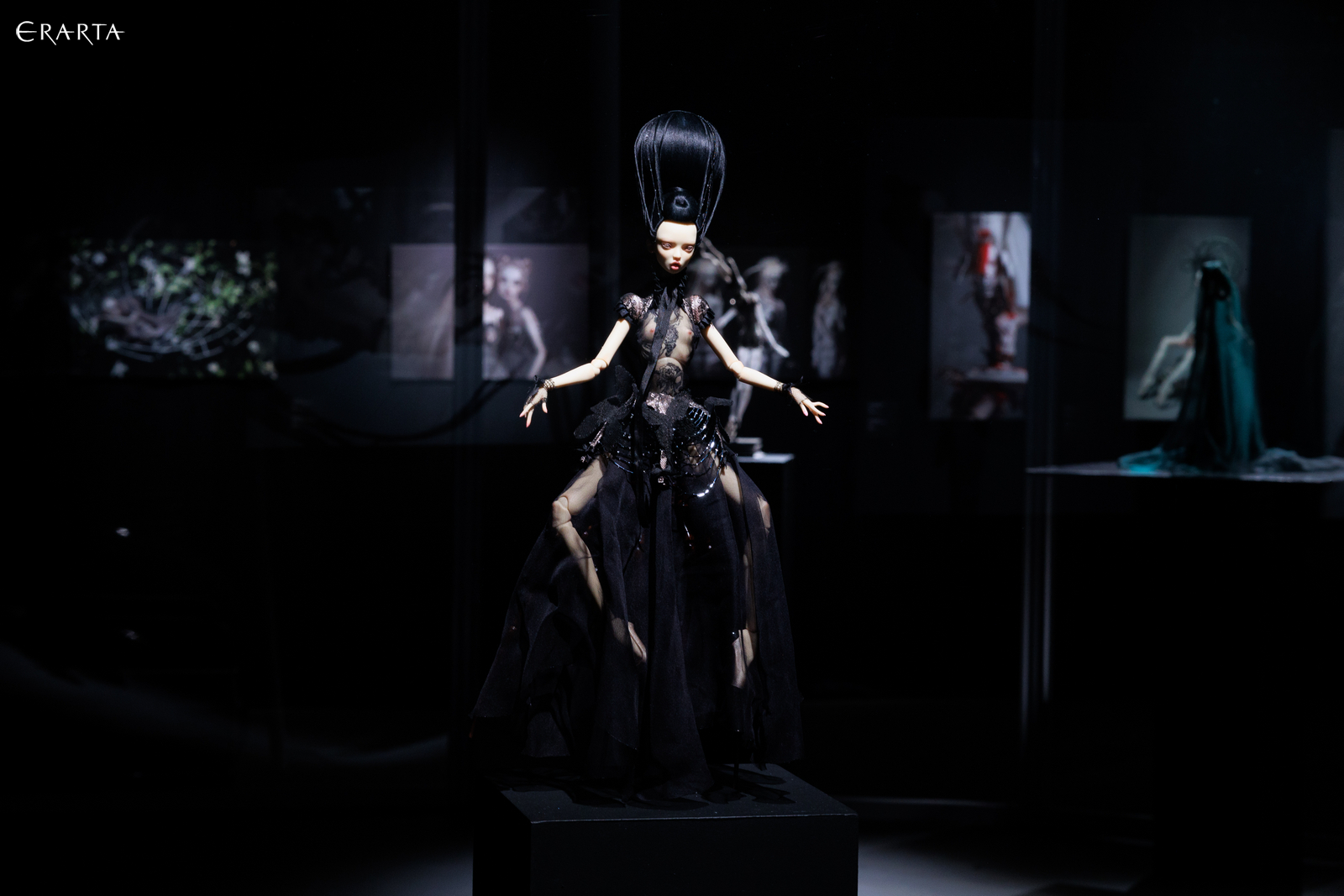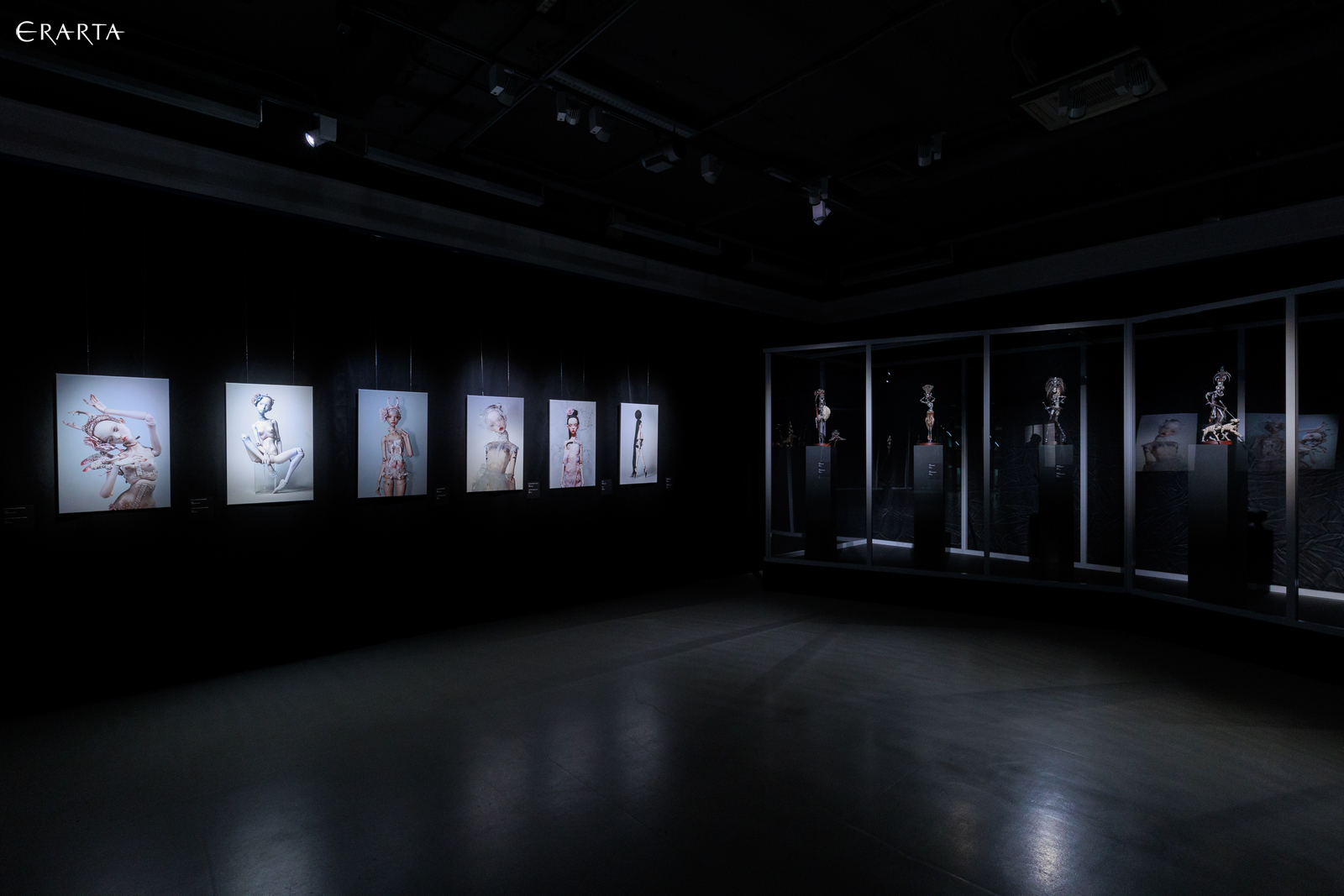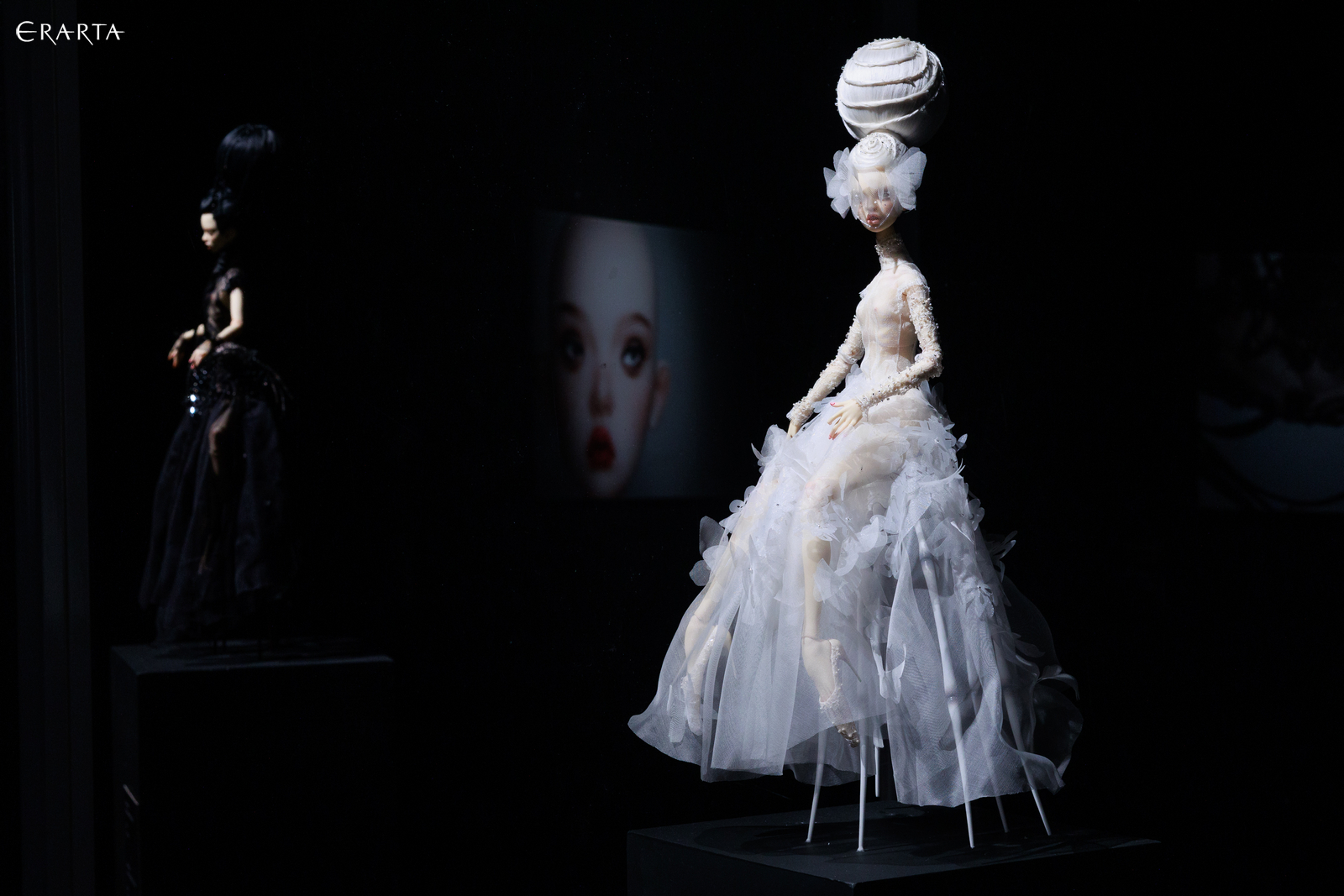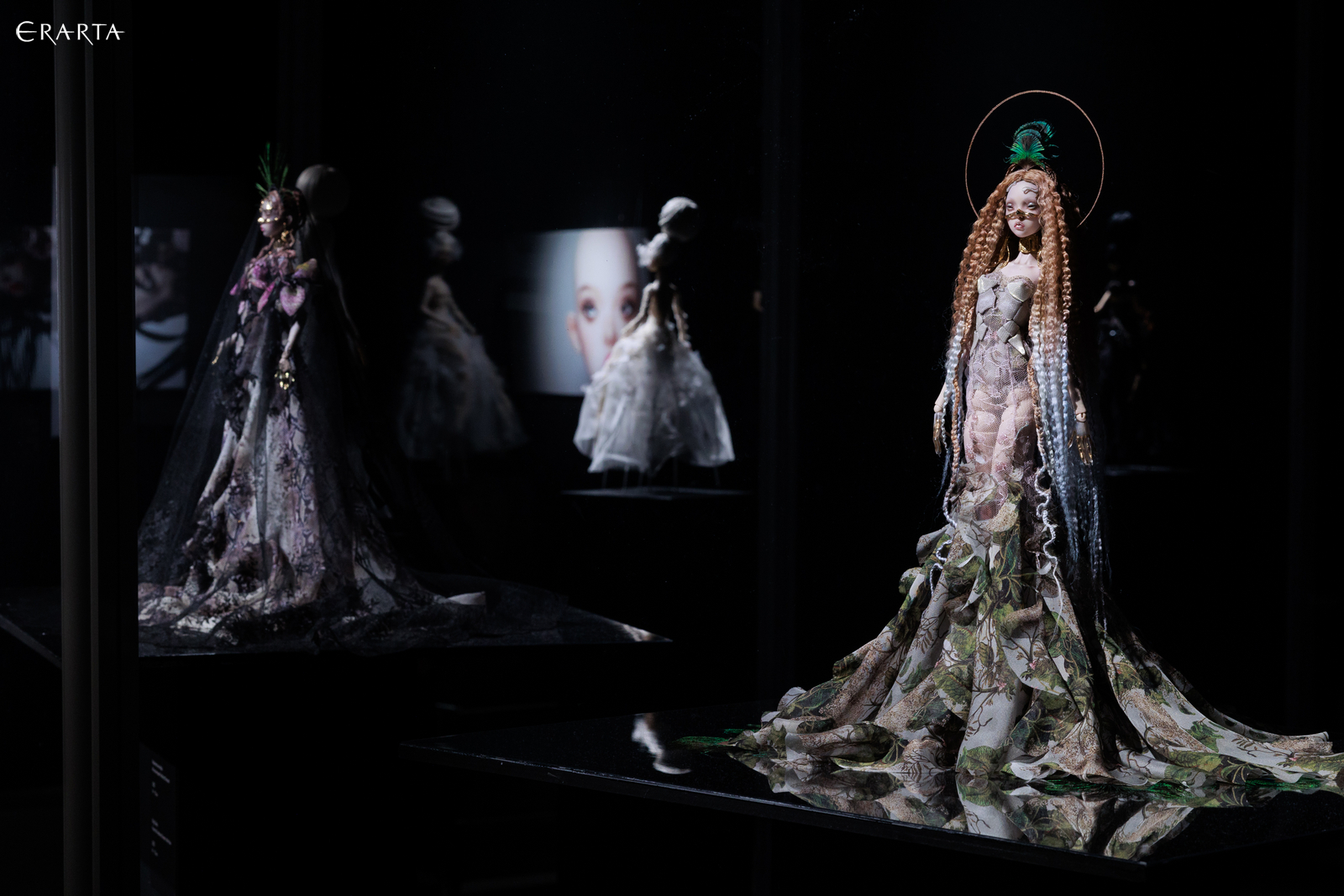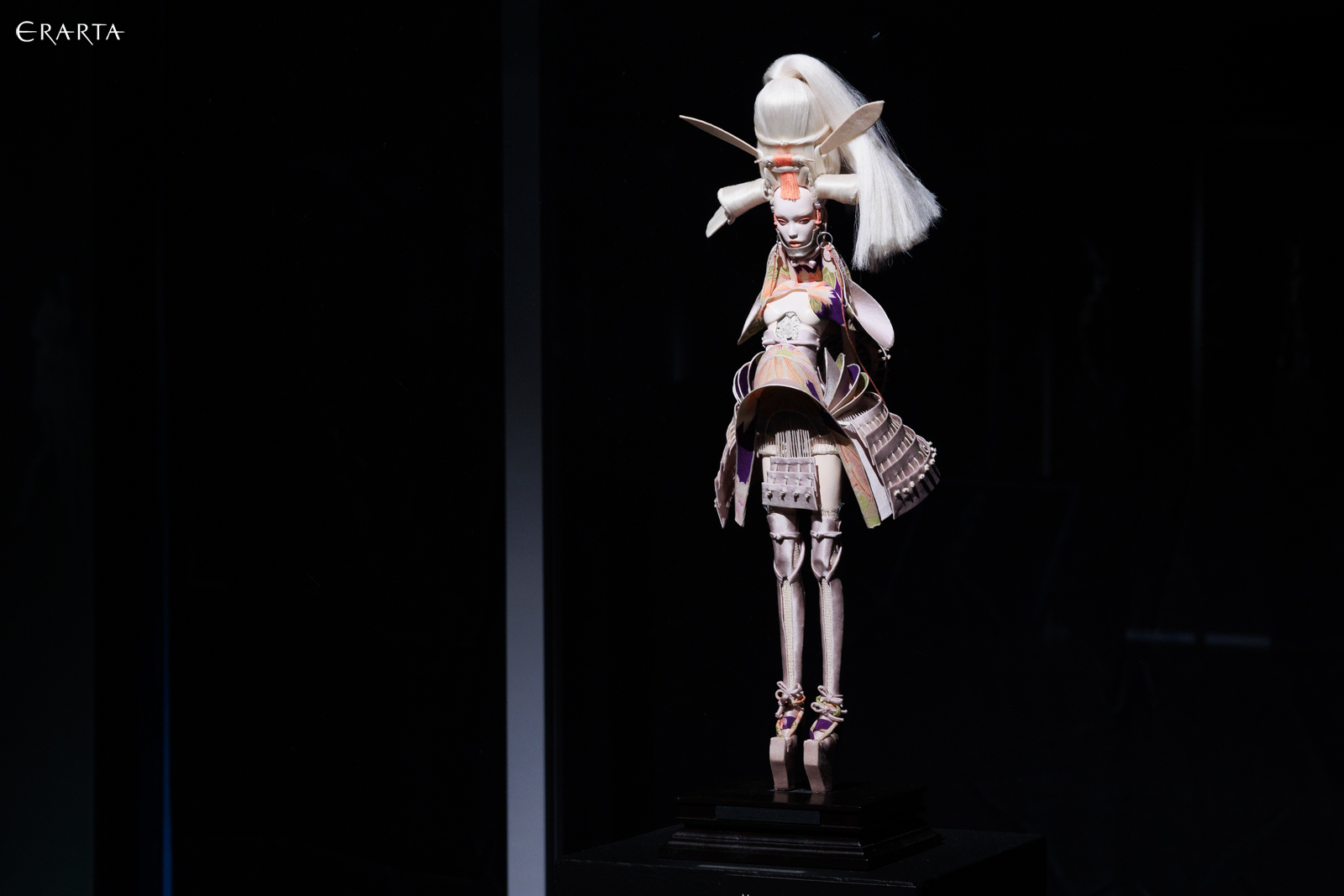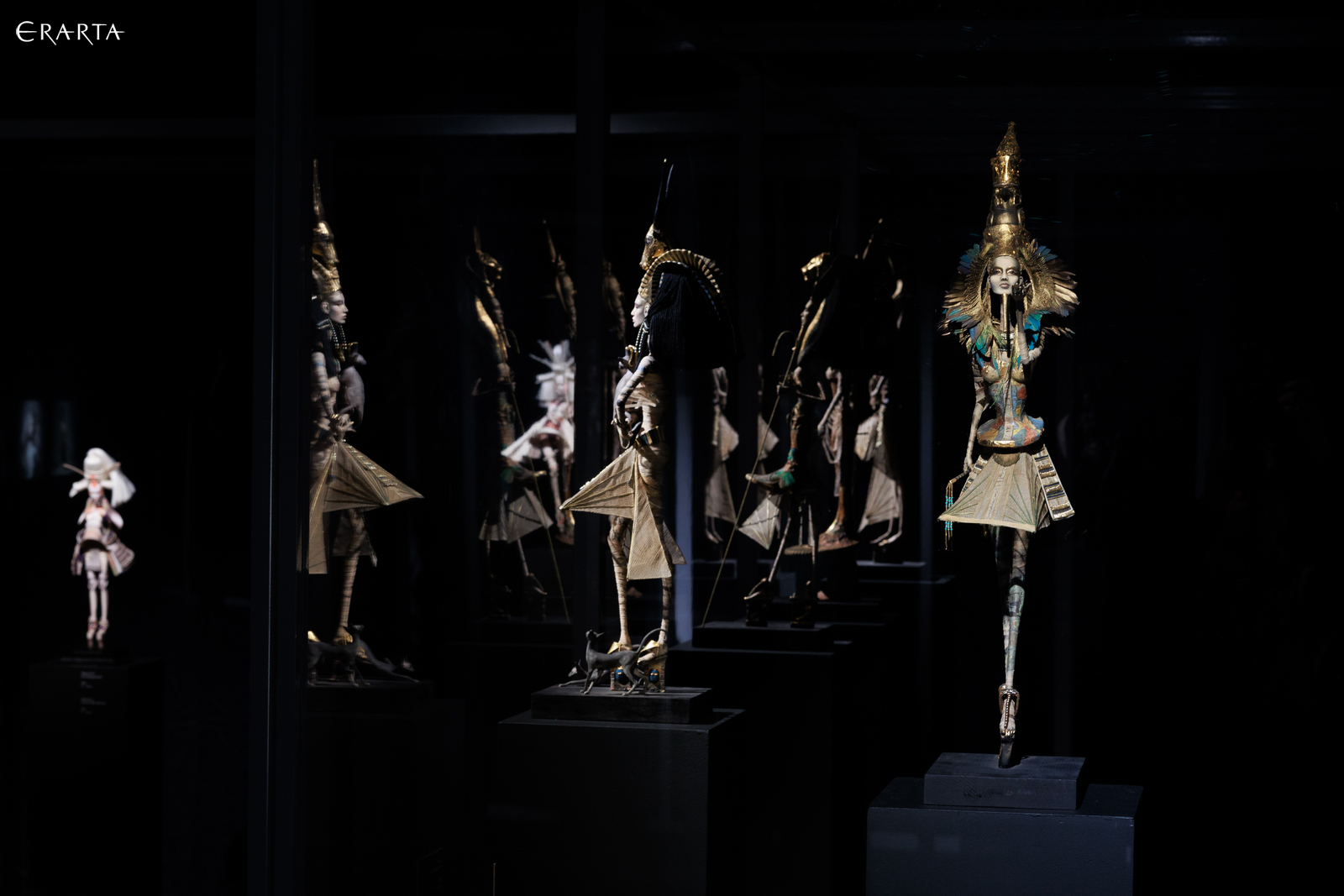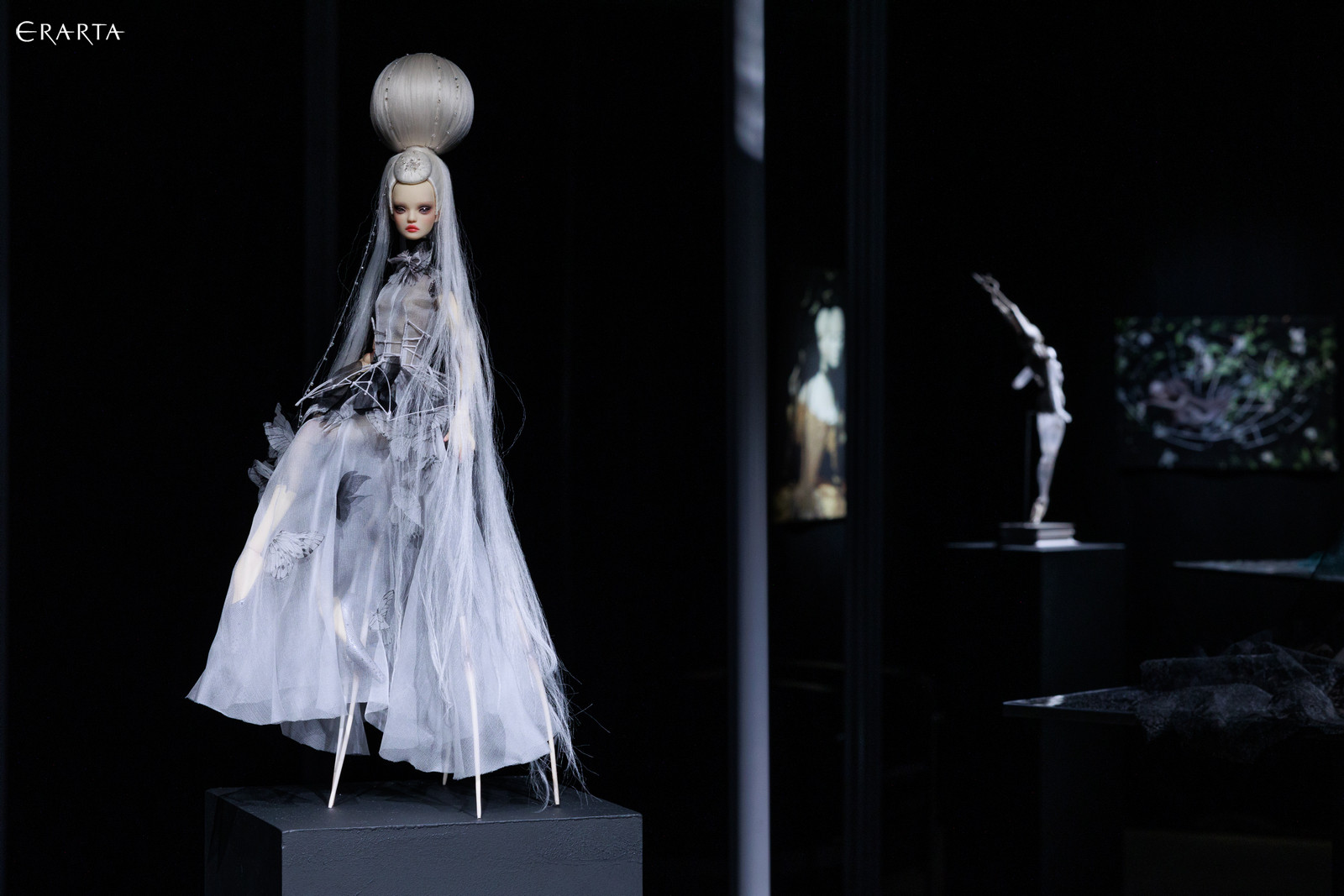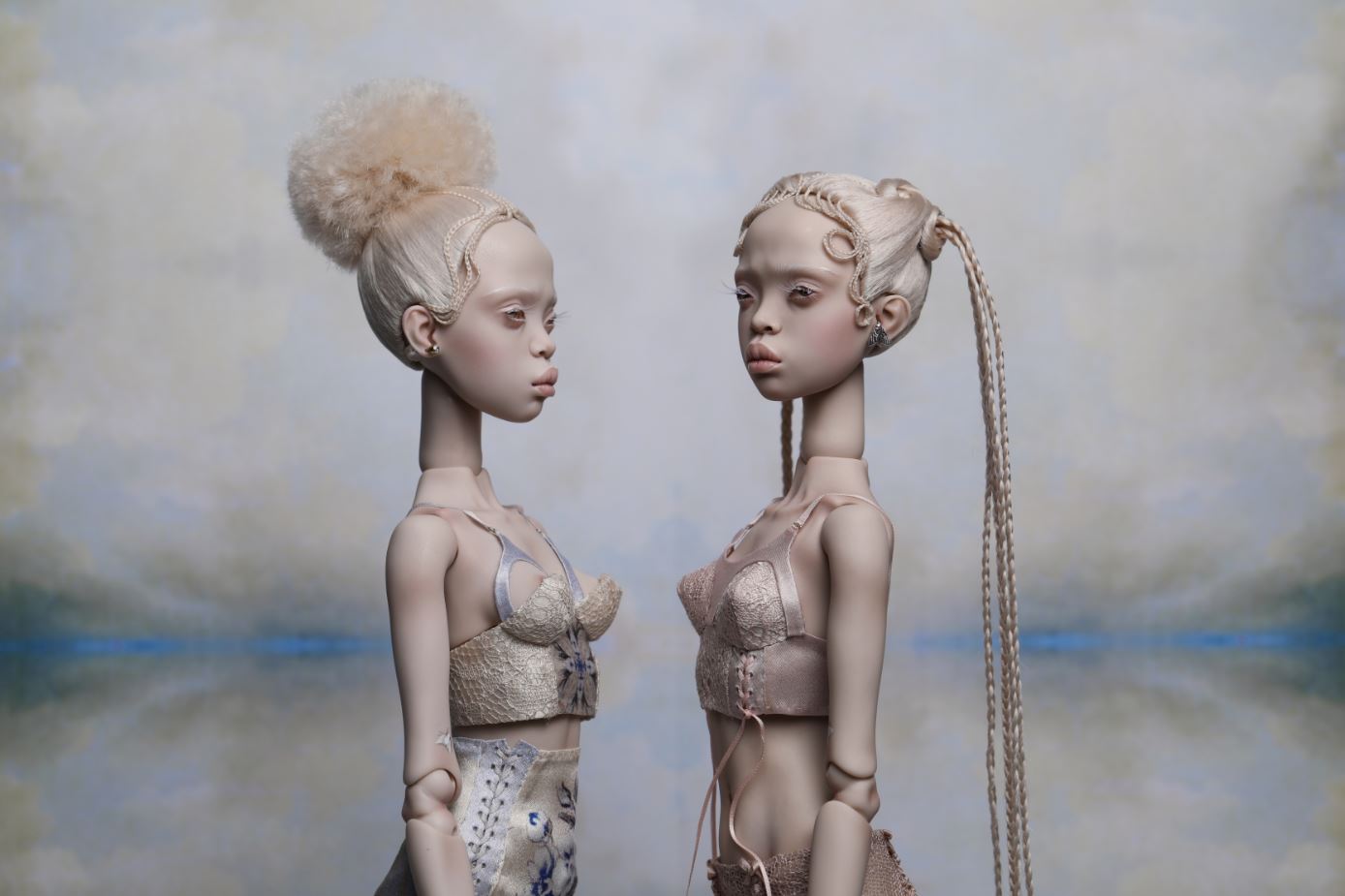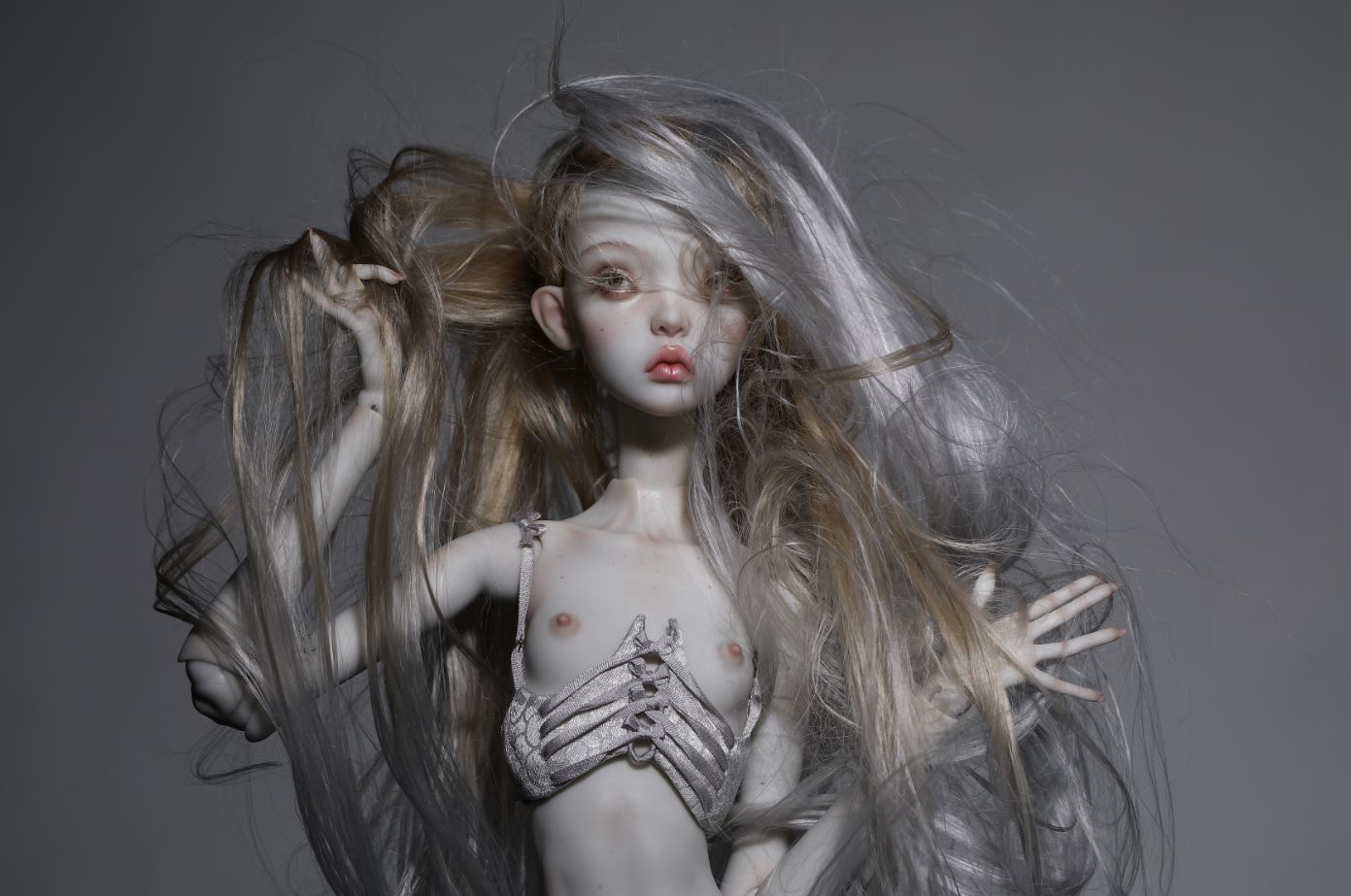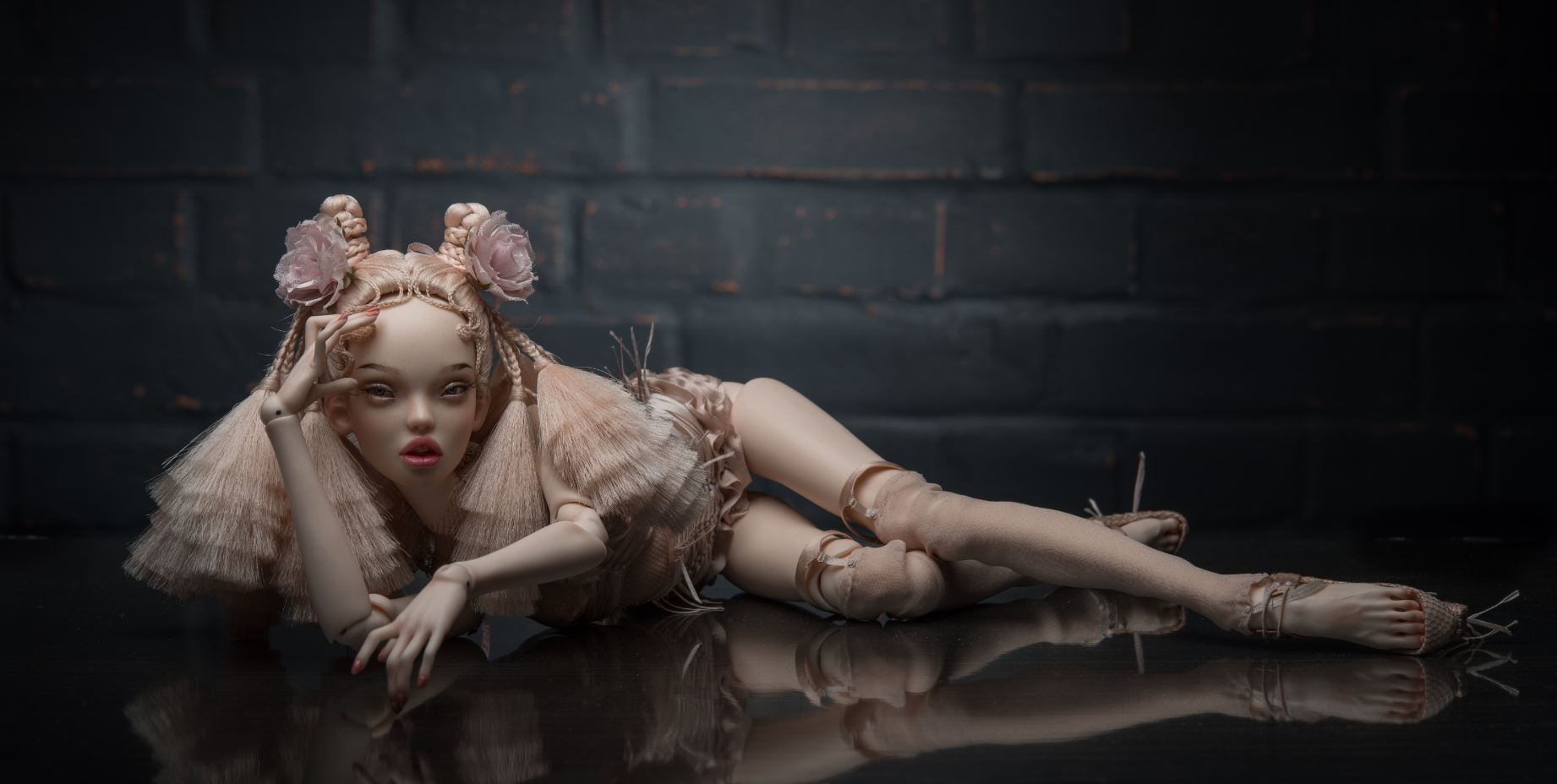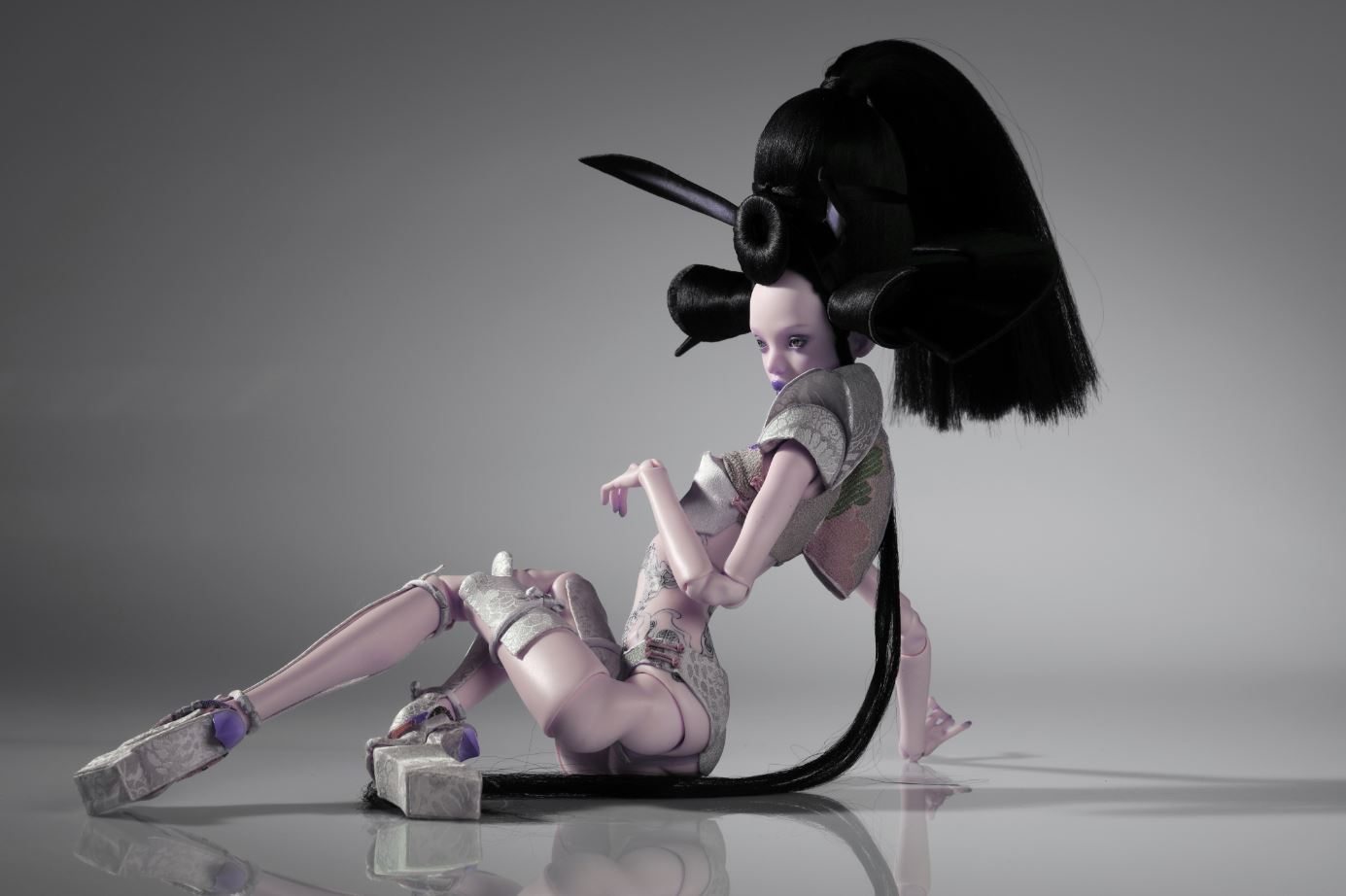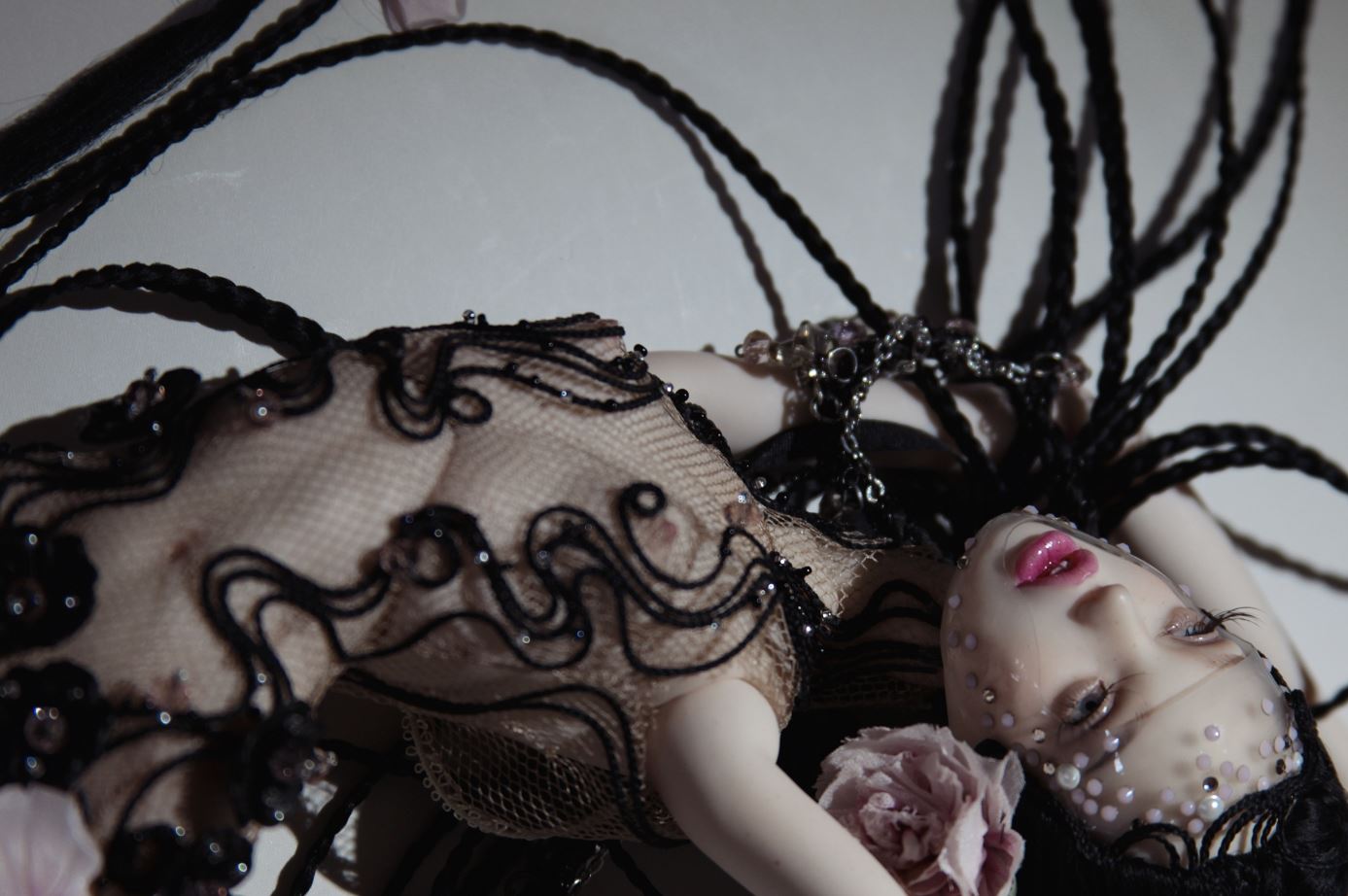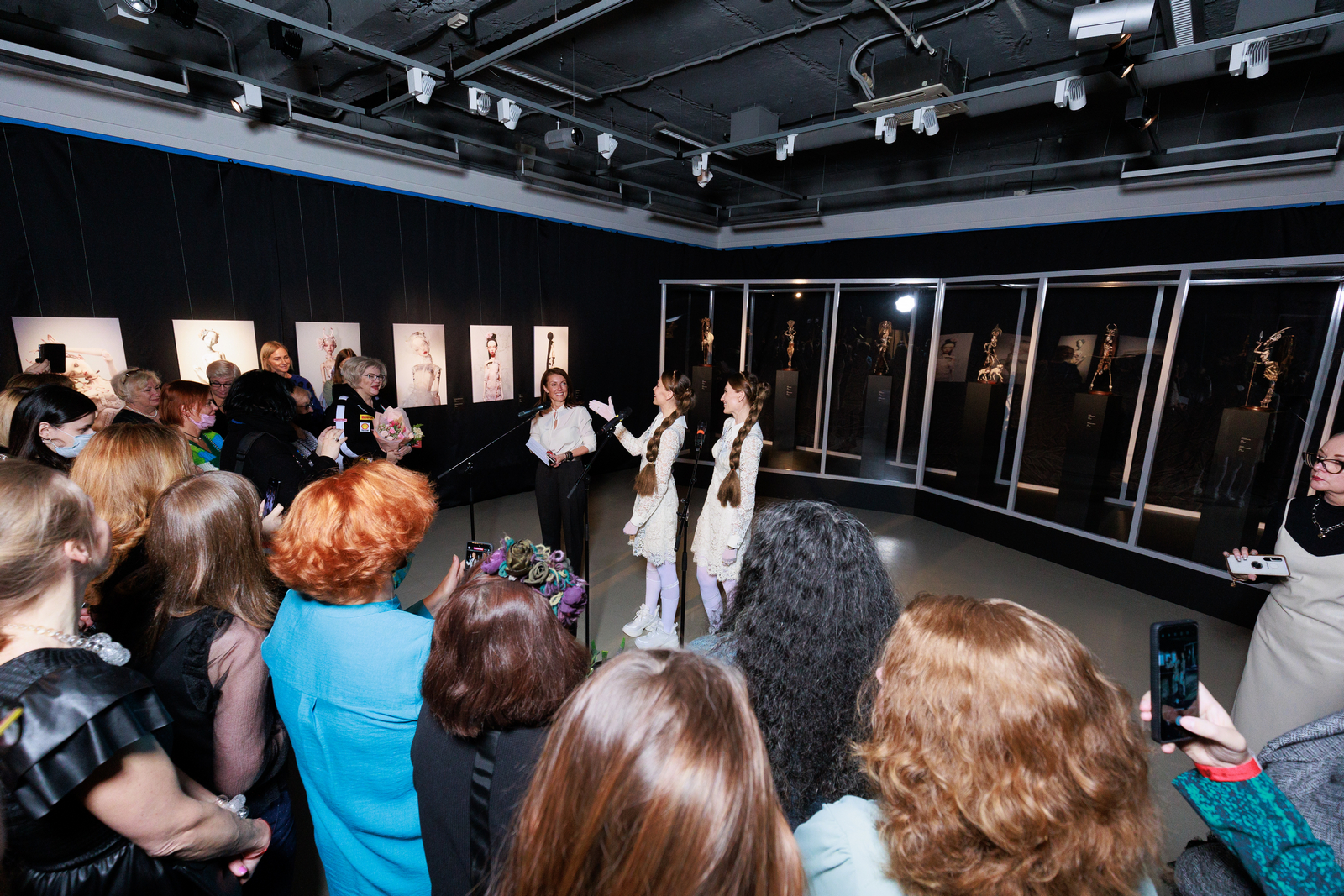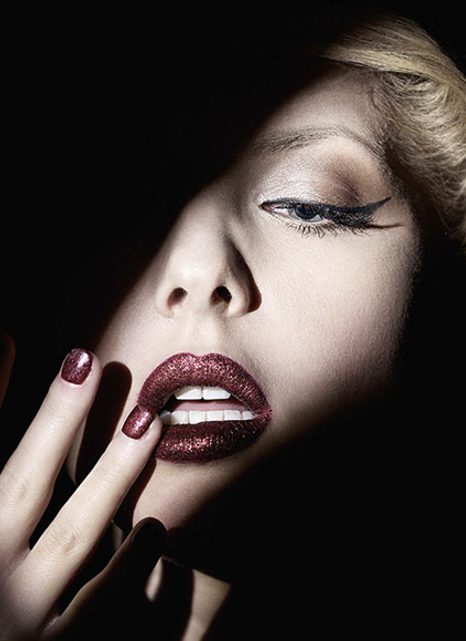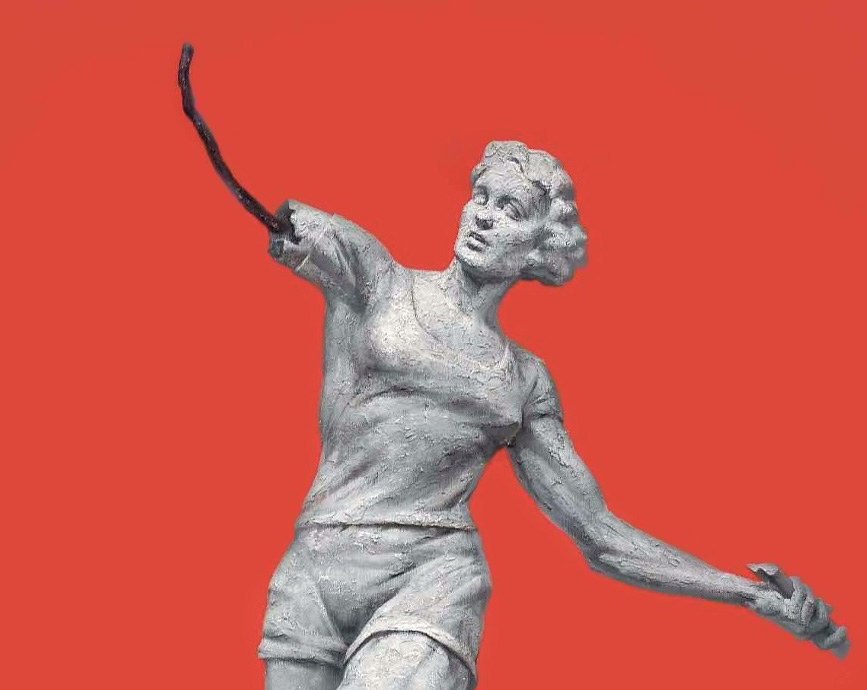Erarta Museum presented an exhibition of futuristic dolls by the Popovy sisters duo
-
Subversive creatures whose photographs make frequent appearances on the pages of Vogue, The New York Times, HuffPost, and Infringe
-
Contemporary art meets fashion industry, winning over the hearts of Jean-Paul Gaultier, photographer Nick Knight, Louis Vuitton shoe designer Fabrizio Viti, and singers Grimes and FKA Twigs
-
A show questioning the established beauty standards and spurring the viewer’s imagination
What comes to your mind when you hear the word ‘doll’? If it’s a rubber Kewpie, a trendy Barbie, or a painted roly-poly, be warned: the Non-Human exhibition might shock you. The creations of the sister duo Katya and Lena Popovy present a radical rethinking of what a doll might be like.
The surge of interest in uniquely designed dolls was prompted by the explosive mass-production of toys in the latter half of the 20th century. Unlike the affordable but absolutely characterless factory-made items flooding the stores – entertaining yet uninspiring even to kids – these hand-made toys were singular in both appearance and quality of craftsmanship. With their incredibly lifelike features, they drove many people to believe in their transhuman nature and mystical connection to the person they resemble. Doll makers gained the reputation of catchers of human souls and were treated with apprehension.
A new era was ushered in with the invention of ball-jointed dolls, or BJDs. Crafted out of polyurethane resin, porcelain or paper clay, BJDs must be handled with care and were never intended to be played with. Their owners take them seriously, not only giving them names but making up lengthy biographies and speculating about their personalities, character traits, and habits, while collectors hunt out these human-like installations like genuine artworks. The highly flexible ball and socket joints allow ball-jointed dolls to assume any postures which makes them the perfect models for photo shoots. Series of photographs featuring dolls rapidly made splashes on the Internet, and by the turn of the 21st century BJDs turned into an international subculture. Having reached Russia, this trend both found devout fans and gave rise to such megastars as the Popovy sisters.
No matter what guise the artists choose for their creations – whether that be seductive widows, schoolgirls tattooed with the traditional Gzhel patterns, or cyber geishas – each of them is a paragon of aesthetic perfection. This perfection, however, is far removed from the generally accepted norm: to the Popovy sisters, there is no distinction between the beautiful and the ugly, the forbidden and the permissible, the human and the non-human. They challenge the prevailing beauty standards with something that may initially appear as defective or even repulsive. However, the unique allure of these dolls seems to lie exactly in these charming imperfections – pointed ears, tiny uneven teeth, emaciated bodies. Having seen them once, you will hardly be able to forget them. By altering the regular body outlines – elongating the neck, extending the joints, and bending the feet beyond fathomable – the Popovy sisters achieve a subversive effect: their delicate creations could well come across as being morbidly helpless and touchingly pliant, were it not for their impenetrable stares, carefully arranged poses, and uncannily perfect, as if combat-ready, outfits, hairdos, and makeup. They entrance us with their gracefulness, but it’s the gracefulness of a snake – a creature we cannot get a hold of, while it can all too easily capture us.
Everything these dolls possess is their weapon, be it the bows and spears of the Amazons from the Skin series, the futuristic geisha armour from the Japan-inspired MOD collection, the sharp heels and incredible ankle boots, as well as the status of esoteric magic priestesses in the Cult series, the sticky cobwebs and ‘feather-legged’ accessories of the Black Widows, but, above all, the mystery that surrounds each of them. The Popovy sisters’ dolls disturb our judgement: we can never be sure who is in front of us – hunter or prey, servant or mistress. You think you are about to look at them? Could it be that they will be watching you instead?
We are facing an entire army of vastly different, but at the same time strikingly identical ‘sisters,’ of minutely detailed phantoms born on the cusp of hi-tech and transhumanism and aesthetically resembling the protagonist of Miss Anthropocene, the concept album by Grimes, whose cover is graced with an image of an anthropomorphic goddess of the 21st century flaunting an extremely sophisticated cyberskin of PU leather. Other days, other dolls! Nevertheless, dolls remain innately archaic: after all, they are meant to imitate humans, reflecting the latter’s ideas of what they seem, what they are, and what they could be. Taken together, this doll posse is a trap for your curiosity. Swinging it across the wide range between such contrasting opposites as pure childlike gazes and overt sexiness, touching helplessness and readiness to attack, these doll sisters powerfully grip our attention and take us captive, while we, just like Odysseys entranced by the charms of Circe, do not even want to escape from this captivity.

